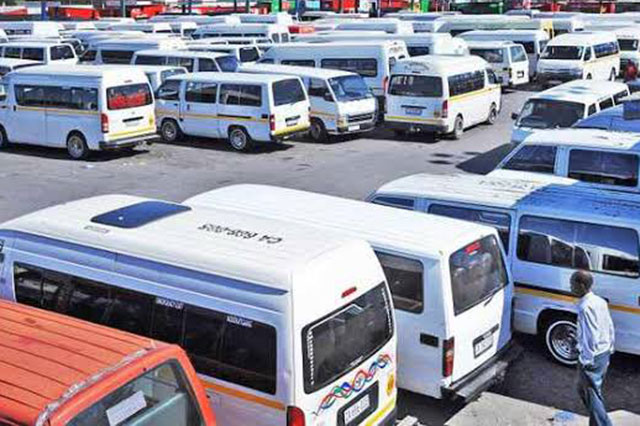Susan Forde, University of York
Cape Town in South Africa often tops international travel polls and was recently voted the best city in the world to travel to by readers of a UK newspaper. But the reality for many residents is a stark contrast.
On 3 August 2023 the South African National Taxi Council announced strike action in the city as well the rest of the Western Cape province. Minibuses were recalled from service until 9 August in response to a new traffic by-law and other ongoing issues.
Privately owned minibus taxis provide an important and affordable mode of transport for poor people living in South Africa’s townships, residential areas created for people racialised as black and so-called “coloured” during apartheid.
During the strike many people who were unable to get other transport out of the city centre faced long walks home on highways and roadways in the dark.
Having researched spatial inequality in different contexts around the world including Cape Town, it is clear that the taxi strike has highlighted South Africa’s enduring spatial inequality and social divides, which have not been adequately addressed following the end of apartheid.
Legacy of apartheid
It’s been almost 30 years since South Africa held its first democratic elections. Yet the legacy of apartheid remains a spatial, economic and social reality.
Arriving in Cape Town, many travellers will take the N2 highway to the city centre. The route goes through the Cape Flats. As the outline of Table Mountain grows clearer, so too does the stark inequality. The Cape Flats is predominantly home to people racialised as black and coloured. In this area there is a high density of informal freestanding and backyard shacks with poor access to water and sanitation services and high rates of violence and crime.
Apartheid was a system of racialisation and segregation by the white minority government.
People racialised as black, coloured, and Indian were displaced from the centre of Cape Town to the Cape Flats and other areas and were also forced to carry passes. The passes dictated where they were allowed to be.
If stopped without a pass or outside of authorised spaces, people faced arrest and jail. These laws were also used to manage a supply of cheap labour.
Violence of space
The effects of the ongoing inequality can be understood as a form of peace without justice. I frame the ongoing inequality as the violence of space. Physical distance, poor infrastructure, and economic inequality cement divisions in the city and limit movement. At the same time people living in townships are also more likely to experience physical violence.
This can be understood as spatial injustice, or the inequitable sharing of “socially valued resources and the opportunities to use them”. The way in which this dynamic unfolds today can be understood as racial capitalism.
Racial capitalism is the intersection of inequality (as a product of capitalism) and racism (as a system which sustains this inequality). This can be seen geographically through underfunding communities, gentrification and displacement. This is not exclusive to South Africa and can be identified in many cities globally. But the historical context of South Africa shapes the spatial inequality.
The scope of this has been shown by the taxi strike.
Still today, people living in townships often travel longer distances to work or school. This often means travelling in the dark and at greater risk of crime, a situation made worse by ongoing national electricity blackouts.
Taxi strike impact
Over the days of the strike five people died during sporadic violence. Buses and cars were stoned or torched and shops were looted. Several healthcare centres were closed. Essential items and food such as bread and milk were in short supply and were subject to price hikes in townships. The areas with more occurrences of violence were all far from the city centre and affluent suburbs. Many people living in townships could not travel to work or school. In other areas, such as the city centre, some food supply was interrupted, and some museums and restaurants closed early or did not open.
As the strike and instability continued, dozens of women in the Philippi township marched for an end to the looting and violence. The taxi strike was called off on 11 August after an agreement was reached between the taxi council and the Western Cape government, with tensions continuing.
The ‘best’ city for who?
The categories for deciding “best” city are typically based on food, nature and cultural spaces. In Cape Town, these spaces and experiences are often supported by the labour of people who commute long distances from areas with poor access to basic resources.
The question of land redistribution is of particular relevance in Cape Town, where high property costs maintain the residential divide. Land justice activists and social movements seek to challenge this through affordable housing. Others focus on mobility and urban planning as a way to transform divides.
In Cape Town the legacy of apartheid still directs movement and access to basic resources. Who the taxi strike affected, where and how shows the violent reality of spatial injustice in the city.![]()
Susan Forde, Leverhulme Trust Early Career Research Fellow, University of York
This article is republished from The Conversation under a Creative Commons license. Read the original article.
Follow African Insider on Facebook, Twitter, and Instagram
Source: The Conversation
Picture: Twitter/@_mashesha
For more African news visit, Africaninsider.com


